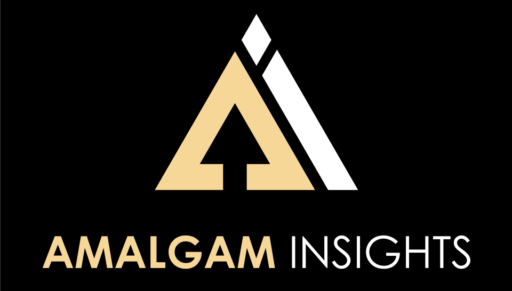My name is Lynne Baer, and I’ll be covering the world of data science software for Amalgam Insights. I’ll investigate data science platforms and apps to solve the puzzle of getting the right tools to the right people and organizations.
“Data science” is on the tip of every executive’s tongue right now. The idea that new business initiatives (and improvements to existing ones) can be found in the data a company is already collecting is compelling. Perhaps your organization has already dipped its toes in the data discovery and analysis waters – your employees may be managing your company’s data in Informatica, or performing statistical analysis in Statistica, or experimenting with Tableau to transform data into visualizations.
But what is a Data Science Platform? Right now, if you’re looking to buy software for your company to do data science-related tasks, it’s difficult to know which applications will actually suit your needs. Do you already have a data workflow you’d like to build on, or are you looking to the structure of an end-to-end platform to set your data science initiative up for success? How do you coordinate a team of data scientists to take better advantages of existing resources they’ve already created? Do you have coders in-house already who can work with a platform designed for people writing in Python, R, Scala, Julia? Are there more user-friendly tools out there your company can use if you don’t? What do you do if some of your data requires tighter security protocols around it? Or if some of your data models themselves are proprietary and/or confidential?
All of these questions are part and parcel of the big one: How can companies tell what makes a good data science platform for their needs before investing time and money? Are traditional enterprise software vendors like IBM, Microsoft, SAP, SAS dependable in this space? What about companies like Alteryx, H2O.ai, KNIME, RapidMiner? Other popular platforms under consideration should also include Anaconda, Angoss (recently acquired by Datawatch), Domino, Databricks, Dataiku, MapR, Mathworks, Teradata, TIBCO. And then there’s new startups like Sentenai, focused on streaming sensor data, and slightly more established companies like Cloudera looking to expand from their existing offerings.
Over the next several months, I’ll be digging deeply to answer these questions, speaking with vendors, users, and investors in the data science market. I would love to speak with you, and I look forward to continuing this discussion. And if you’ll be at Alteryx Inspire in June, I’ll see you there.
